Our first session of the KMTA Conference is coming to a close, and I thought I would share my notes with you. It was a truly inspiring start to what promises to be a great weekend!

Fostering:
Love of MUSIC
Love of PIANO
3 Aspects of Fostering a Love of Music, especially for young children (3-4 year olds):
Tone of the Lesson
Spirit of interaction between teacher and student. Expressed in voice inflections, facial expressions, gestures, etc. Should be spontaneous, interactive, playful.
Spirit of Play – Most effective way to establish the tone of the lesson is through a spirit of play. Randy’s earliest memories of piano lessons were anything but play. It felt like going to an old castle and taking lessons from a lady who seemed at least 100 years old. 🙂
Recognize the motive of the child. If their world is one of play, then we should integrate that motivation and atmosphere into the lessons.
Curiosity – Tap into your own childhood curiosity.
Involvement – Two-way interaction is essential. Lessons should not be all instructive/directive. When emotions are engaged, the experience becomes memorable. Sitting in a chair at the end of the piano as a passive observer doesn’t effectively reach a young student.
Purposeful – Infused with meaning and purpose.
Choice of Repertoire
If the student loves the music they are playing, they are loving their piano lessons. Disinterest in the music translates into disinterest in piano as a whole. Be alert to the styles that students latch onto. We all have to deal with myriad activities in which our students are involved. Gradation of material is essential! We don’t want them to be overwhelmed and frustrated. Additionally, we must be skillfully prepared to teach the material.
Developing Competence
Build skills in rhythm, listening, singing and pitch, visual discernment, kinesthetic awareness of fingers and arms. An overall love of music is developed as students acquire essential skills to succeed at the piano. Use this acronym to know what components to include in lessons with young children:
R=Rhythm
S=Singing/Tone
V=Visual Skill
P=Physical Skill
Rhythm is purposefully first, because rhythmic emphasis encourages singing. We watched a video clip of an activity called, “Bounce the Kitty.” A group of three students sat in a group with Nancy and bounced stuffed kitty cats in rhythm. There were bursts of a steady beat followed by moments of relaxation. Next was a video clip of students sitting around a large drum and beating while singing a fun tune. Dynamics were also incorporated into the singing and volume of the beating.
The next video clip was of a very young student who watched and listened while Nancy tapped a picture and said words in rhythm. The student then imitated. Creative repetition is an effective way of reinforcing concepts with a spirit of play. This also assists in the ability to transfer concepts from one application to another. After the student was familiar with the rhythmic phrases, he was allowed to lead the activity. These activities serve to heighten the musical awareness of the student.
Singing usually comes in combination with rhythm. Children at young ages learn through song. Look for ways to personalize the experience. This brings deeper meaning for the student. A creative repetition of a singing game involved passing a ball in rhythm around a circle of students. Even though the student didn’t get the correct rhythm immediately, correction was unnecessary because he just needed experience. For young children, the learning is in the doing, not the talking. Next was a video clip of a young student using a stuffed kitty cat and moving it up in steps while singing the “Hello From Many Lands” – great preparation for understanding tonic and dominant. This was further reinforced on the staff and keyboard, also while singing.
Visual Skills can be developed at a young age to help avoid “the reading complication.” Instead, we want to aim for “reading simplicity.” The student must become intimately familiar with the staff. They must first understand the staff as a framework of lines and spaces. An activity portrayed was having the students drive toy cars on the lines and/or spaces according to the directive they were given. The next step is to place objects on the lines and spaces, then they should learn to count lines and spaces. This was accomplished by asking students to place sea creatures on a specified numbered line or space. They can also proceed to count stepwise, including both lines and spaces. This builds an early awareness of intervals. Students were then asked to identify whose creature was higher. This same activity is then transferred to a smaller staff on a page (previous staff activities were performed on a large floor staff). The next activity involved Nancy placing two moveable discs on specific lines or spaces and then taking them away and asking the student to put them back on the same spots.
Physical Skills are often defined as scales, chords, etc. Perhaps a better way of defining it is physical motions and gestures required to play a beautiful sound. Preparation for this begins at the earliest lesson. Piano hands don’t grow automatically. They are formed with specific activities. A song called, “The I’m Great Pose” is used to help students understand the proper way to sit at the piano. A little elephant is placed on top of the head while counting aloud to 20 to encourage sitting up straight. The next activity involved placing pumpkins on the 3-black key groups (growing a pumpkin patch on the piano). Nancy then demonstrated 2 black birds going “cheep-cheep” on the groups of two black keys and then flying with a beautiful arc over the pumpkin to the next 2-black key group. Again, a playful tone during the lesson invites creative repetition.
The Fabers then showed video clips of the students whom we formerly saw as preschoolers, now as older students playing more advanced pieces. A video of four students playing in a chamber music festival reinforces that a love of music transcends piano lessons into broader musical experiences.

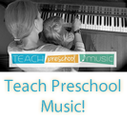
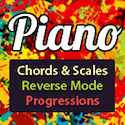
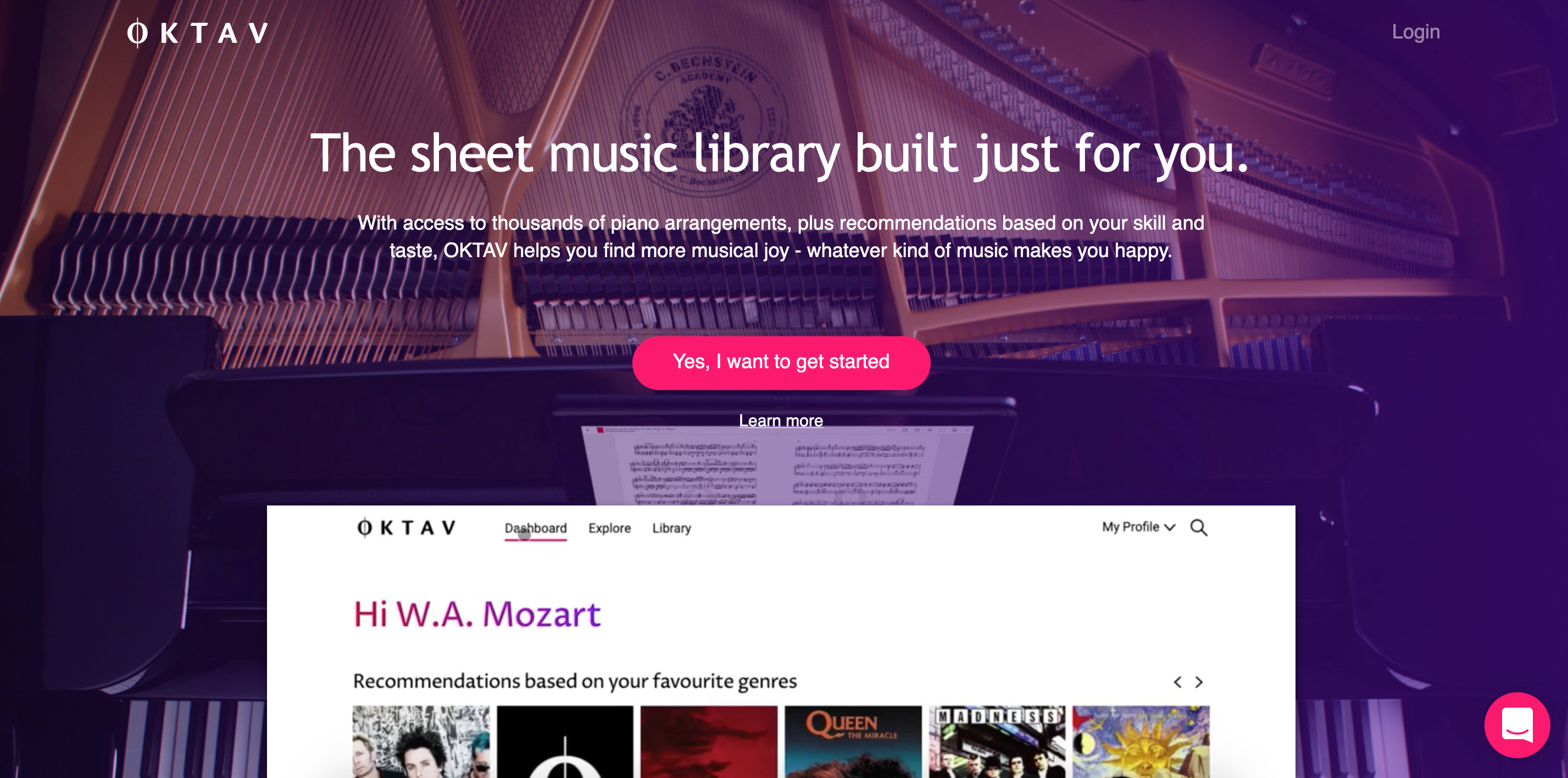





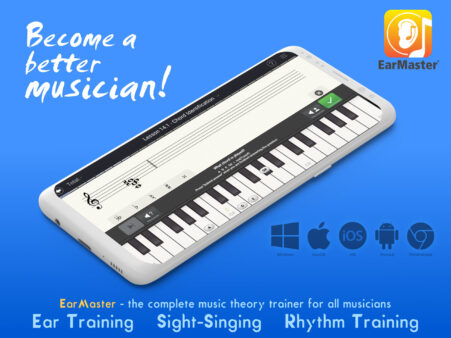
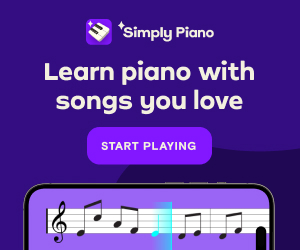


Leave a Reply